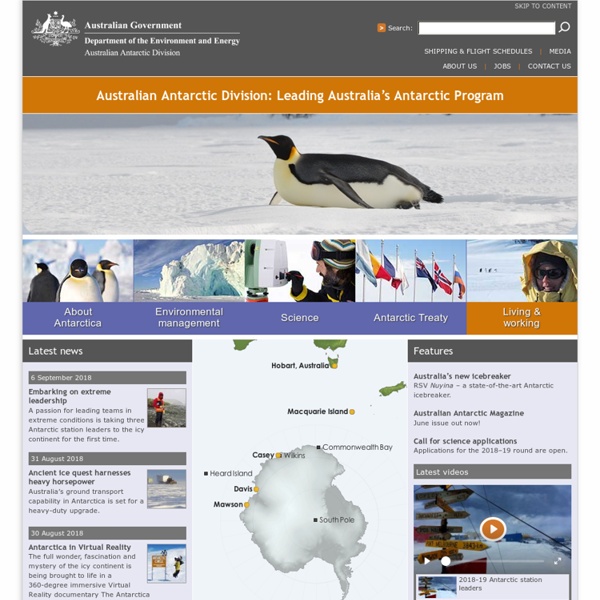



Antarctica Travel Information and Travel Guide No place on earth compares to this vast white wilderness distilled to an elemental haiku: snow, ice, water, rock. Antarctica is simply stunning. The enormity of its ice shelves and mountain ranges invariably heightens feelings of humanity’s insignificance and nature’s grandeur. Antarctica’s peculiar beauty may haunt you for the rest of your days. Even the trip over, crossing the Southern Ocean is an experience – with no landmass, low-pressure systems circle clockwise unimpeded, eventually reaching incredible speeds. The Falkland Islands in the South Atlantic are often included in a trip to Antarctica Because the continent has never had a native population – even today, scientists and other staff members at research stations are only temporary residents – Antarctic wildlife is still unafraid of people. An international treaty signed by 46 countries, representing the large majority of the world’s population, governs Antarctica. Ready to go? These tours & activities make it easy: Read more
Penguin Antarctica Earth's southernmost continent Antarctica ()[note 1] is Earth's southernmost and least-populated continent. Situated almost entirely south of the Antarctic Circle and surrounded by the Southern Ocean (also known as the Antarctic Ocean), it contains the geographic South Pole. Antarctica is the fifth-largest continent, being about 40% larger than Europe, and has an area of 14,200,000 km2 (5,500,000 sq mi). Antarctica is, on average, the coldest, driest, and windiest of the continents, and it has the highest average elevation. The ice shelves of Antarctica were probably first seen in 1820, during a Russian expedition led by Fabian Gottlieb von Bellingshausen and Mikhail Lazarev. Antarctica is governed by about 30 countries, all of which are parties of the 1959 Antarctic Treaty System. Etymology Geography The lakes that lie at the base of the continental ice sheet occur mainly in the McMurdo Dry Valleys or various oases. Geologic history Paleozoic era (540–250 Ma) Mesozoic era (250–66 Ma) Fungi
Penguin Cycle seal